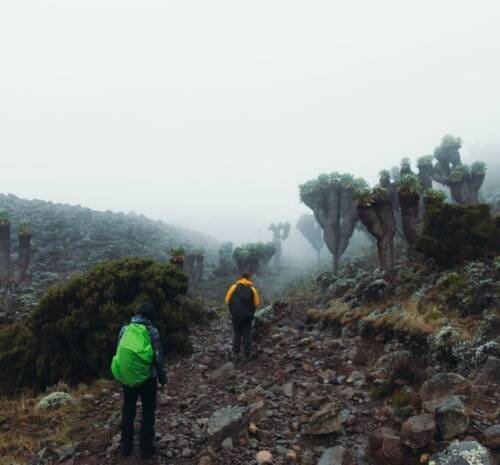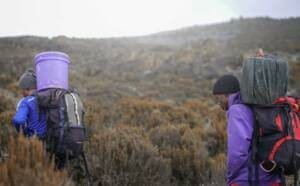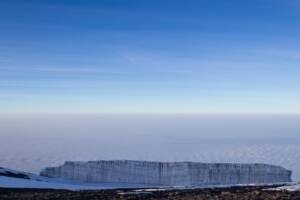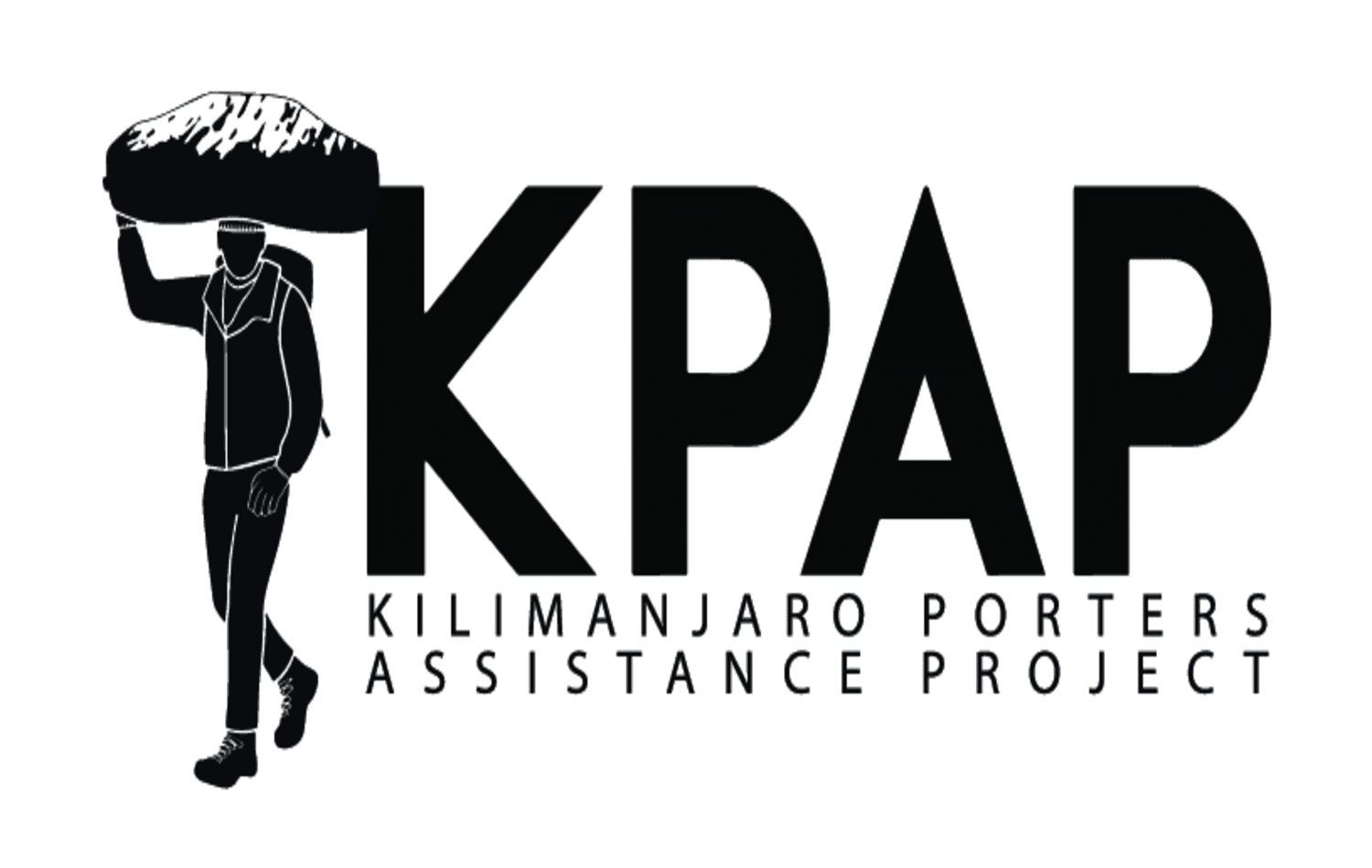Introduction
Kilimanjaro Altitude Sickness
Kilimanjaro Altitude Sickness
Are you planning an exciting adventure to conquer the majestic Kilimanjaro? While this iconic mountain offers stunning views and an exhilarating experience, it also has its challenges, such as Kilimanjaro altitude sickness. Altitude sickness, also known as acute mountain sickness (AMS), can occur in mountain climbers when they ascend to higher altitudes. Recognizing the symptoms and taking preventative measures are critical to a safe and enjoyable trip. In this article, we delve into the world of Kilimanjaro Altitude Sickness, explore common symptoms among climbers, and provide valuable tips on how to prevent and manage this illness. So whether you are a seasoned hiker or embarking on your first high-altitude trek, take the plunge and dive into the exciting world of Mount Kilimanjaro!
Understanding the symptoms of altitude sickness
Kilimanjaro Altitude sickness can manifest in various ways, and it’s important to be aware of the symptoms to identify and manage the condition promptly. The first signs of altitude sickness usually appear within 12 to 24 hours of ascending to higher altitudes.
These symptoms can range from mild to severe, and they include:
1. Headache: One of the most common symptoms of Kilimanjaro altitude sickness is a persistent headache. This headache may feel similar to a migraine and can be accompanied by dizziness or lightheadedness.
2. Fatigue: Feeling extremely tired or fatigued is another symptom of altitude sickness. Climbing at high altitudes requires more physical exertion, and the lack of oxygen can make you feel drained and sluggish.
3. Nausea: Altitude sickness can also cause nausea or vomiting. This is your body’s way of responding to the decreased oxygen levels and increased pressure.
4. Loss of appetite: Many climbers experience a loss of appetite at higher altitudes due to the effects of altitude sickness. It’s important to stay hydrated and nourished, even if you don’t feel like eating.
5. Shortness of breath: As you ascend to higher altitudes, the air becomes thinner, making it harder for your body to get the oxygen it needs. This can result in shortness of breath or difficulty breathing.
6. Insomnia: Difficulty sleeping is a common symptom of altitude sickness. The combination of physical exertion, altitude, and unfamiliar surroundings can disrupt your sleep patterns.
It’s important to note that these symptoms can vary from person to person, and some individuals may experience mild symptoms while others may develop more severe forms of altitude sickness. If you experience any of these symptoms while climbing Kilimanjaro, it’s crucial to take them seriously and take appropriate measures to prevent further complications.
Factors that contribute to altitude sickness
Kilimanjaro Altitude sickness is primarily caused by a lack of oxygen at higher altitudes. As you ascend to higher elevations, the air pressure decreases, resulting in lower oxygen levels. This decrease in oxygen can affect your body’s ability to function properly, leading to altitude sickness. However, there are several other factors that can contribute to the development of altitude sickness, including:
1. Rapid ascent: Climbing too quickly without giving your body enough time to acclimatize to the higher altitudes is one of the main factors that contribute to altitude sickness. It’s important to follow a gradual ascent plan to allow your body to adjust to the changing conditions.
2. Lack of physical fitness: Being physically fit plays a significant role in preventing altitude sickness. Regular exercise and training before your Kilimanjaro climb can improve your cardiovascular endurance and help your body cope with the physical demands of climbing at high altitudes.
3. Dehydration: Dehydration can worsen the symptoms of altitude sickness and increase the risk of complications. It’s essential to stay hydrated by drinking plenty of fluids throughout your climb.
4. Age and genetics: Some individuals are more susceptible to altitude sickness due to their genetic makeup. Additionally, older individuals may be at a higher risk of developing altitude sickness due to age-related changes in their cardiovascular and respiratory systems.
5. Previous history of Kilimanjaro altitude sickness: If you have experienced altitude sickness in the past, you may be more prone to developing it again. It’s important to discuss your medical history with your doctor and take necessary precautions before embarking on your Kilimanjaro climb.
Understanding these contributing factors can help you make informed decisions and take appropriate measures to prevent altitude sickness during your Kilimanjaro trek.

Prevention tips for altitude sickness
Prevention is key for Kilimanjaro altitude sickness. By taking preventive steps before and during your climb to Mount Kilimanjaro, you can minimize the risk of developing this condition. Here are some important tips to avoid altitude sickness:
1. Gradual Ascent: It is important to follow a gradual ascent to allow the body to adjust to the changing altitudes. Ascending too quickly can increase the risk of altitude sickness. It is recommended to spend at least two to three nights at medium altitude before reaching the top.
2. Hydration: Hydration is essential to prevent altitude sickness. Drink plenty of fluids during the climb, including water and electrolyte drinks. Avoid excessive caffeine or alcohol consumption as these can cause dehydration.
3. Physical fitness: Prepare your body for the physical demands of climbing Mount Kilimanjaro with regular exercise and strength training. Focus on cardiovascular exercises to improve your endurance and lung capacity.
4. Medicines: Some climbers may use medicine to prevent Kilimanjaro altitude sickness. Before flying, talk to your doctor to discuss using medications such as acetazolamide (Diamox) or dexamethasone.
5. Proper nutrition: Maintain a balanced diet with plenty of carbohydrates, proteins, and fats to give your body the fuel it needs to climb. Eating small, frequent meals can help combat the loss of appetite associated with altitude sickness.
6. Listen to your body: Pay attention to your body’s signals and listen to what it needs. If necessary, rest and take breaks while climbing to allow your body to recover and adjust to the changing altitudes.
By taking these preventative measures, you can significantly reduce your risk of altitude sickness and increase your chances of successfully climbing Mount Kilimanjaro.
Preparing physically and mentally for high-altitude trekking
Preparing for a high-altitude trek like Mount Kilimanjaro requires both physical and mental readiness. Here are some tips to ensure you are well-prepared for the challenge ahead:
1. Cardiovascular training: Engage in regular cardiovascular exercises such as running, cycling, or hiking to improve your endurance and strengthen your heart and lungs.
2. Strength training: Incorporate strength training exercises into your fitness routine to build muscular strength and improve your overall physical performance.
3. Mental preparation: Climbing Kilimanjaro is not only physically demanding but also mentally challenging. Prepare yourself mentally by visualizing your success, setting realistic goals, and developing a positive mindset.
4. Practice hiking at higher altitudes: If possible, engage in practice hikes at higher altitudes to familiarize yourself with the effects of altitude and test your physical and mental resilience.
5. Seek guidance from experienced climbers: Reach out to experienced climbers or hire a qualified guide who can provide valuable insights and advice on preparing for a high-altitude trek.
By adequately preparing yourself physically and mentally, you can enhance your overall climbing experience and mitigate the risks associated with altitude sickness.
Acclimatization strategies during the Kilimanjaro climb
Acclimatization is a critical process during your Kilimanjaro climb that allows your body to adjust to the changing altitudes gradually. Here are some strategies to facilitate acclimatization:
1. Slow and steady pace: Maintain a slow and steady pace during your ascent to give your body enough time to adapt to the changing altitude. Avoid rushing or pushing yourself too hard.
2. Rest and recovery days: Incorporate rest and recovery days into your climb itinerary to allow your body to acclimatize and recover. These rest days are crucial for your overall well-being and altitude sickness prevention.
3. Climbing high, sleeping low: The “climb high, sleep low” principle involves ascending to higher altitudes during the day and descending to lower altitudes to sleep. This strategy helps your body gradually acclimate to higher altitudes.
4. Hydration and nutrition: Maintain adequate hydration and proper nutrition throughout your climb to support your body’s acclimatization process. Avoid skipping meals and ensure you are consuming enough calories to fuel your climb.
5. Listen to your guide: Your guide is experienced in high-altitude climbing and can provide valuable advice on acclimatization strategies. Follow their instructions and communicate any concerns or symptoms you may experience.
By implementing these acclimatization strategies, you can increase your chances of a successful summit while minimizing the risk of altitude sickness.
Medications for altitude sickness prevention
In some cases, climbers may use medication to prevent Kilimanjaro altitude sickness. Here are two of the most commonly used medications to prevent altitude sickness:
1. Acetazolamide (Diamox): Acetazolamide is a drug that helps your body adapt to higher altitudes by increasing the amount of oxygen in your blood. It is usually taken a few days before the climb and during the climb.
2. Dexamethasone: Dexamethasone is a steroid medication that can be used to treat and prevent altitude sickness. It works by reducing brain inflammation and swelling that can be caused by altitude sickness.
It is important to consult a doctor before using medicines to prevent altitude sickness. They can evaluate your medical history, assess the potential risks and benefits, and recommend the most appropriate medication for you.
Recognizing and managing altitude sickness while on the mountain
Despite all the preventive measures, altitude sickness can still occur. It’s crucial to recognize the early signs of Kilimanjaro altitude sickness and take appropriate actions to manage the condition. Here’s what you can do if you suspect altitude sickness while on the Kilimanjaro mountain:
1. Descend if necessary: If you experience severe symptoms of altitude sickness, such as confusion, difficulty walking, or chest tightness, it’s important to descend to lower altitudes immediately. Descending allows your body to recover and alleviate the symptoms.
2. Rest and hydrate: If you experience mild symptoms of altitude sickness, such as a headache or mild nausea, take a break, rest, and hydrate. Drinking plenty of fluids and allowing your body to rest can often help alleviate these symptoms.
3. Oxygen supplementation: In some cases, supplemental oxygen may be necessary to manage altitude sickness. Your guide or support team can provide oxygen if needed.
4. Seek medical attention: If your symptoms worsen or if you are unsure about how to manage altitude sickness, seek medical attention immediately. Your guide or support team can assist in arranging medical help.
It’s important to remember that altitude sickness can be life-threatening if not managed properly. Always prioritize your safety and seek professional help when necessary.
Importance of a qualified guide and support team
When climbing Kilimanjaro, it’s crucial to have a qualified guide and a reliable support team by your side. Here’s why they are essential:
1. Expertise and experience: A qualified guide has extensive knowledge and experience in high-altitude climbing. They can provide valuable advice, ensure your safety, and help you navigate the challenges of climbing Kilimanjaro.
2. Safety and emergency response: Your guide and support team are trained in first aid and emergency response. They can quickly assess and respond to any medical emergencies or altitude sickness symptoms that may arise.
3. Navigation and route planning: Climbing Kilimanjaro can be complex, with various routes and changing weather conditions. A qualified guide can navigate the mountain and plan the safest and most suitable route for your climb.
4. Support and motivation: Climbing Kilimanjaro is a physically and mentally demanding endeavor. Your guide and support team can provide the necessary support, encouragement, and motivation to keep you going, even when the going gets tough.
Having a qualified guide and a reliable support team can significantly enhance your climbing experience and ensure your safety throughout the journey.
Conclusion and final thoughts on altitude sickness prevention in Kilimanjaro
Kilimanjaro Altitude sickness is a common concern for climbers tackling Mount Kilimanjaro, but with proper knowledge and preparation, it can be effectively managed and prevented. By understanding the symptoms of altitude sickness, recognizing the contributing factors, and implementing preventative measures, you can significantly reduce the risk of developing this condition. Additionally, preparing physically and mentally, practicing acclimatization strategies, and seeking guidance from experienced climbers are essential for a safe and successful Kilimanjaro climb. Remember to consult with your doctor, hire a qualified guide, and prioritize your safety at all times. So, lace up your boots, breathe in the fresh mountain air, and embark on the adventure of a lifetime, knowing that you are well-equipped to conquer Kilimanjaro while keeping altitude sickness at bay. Happy climbing!






